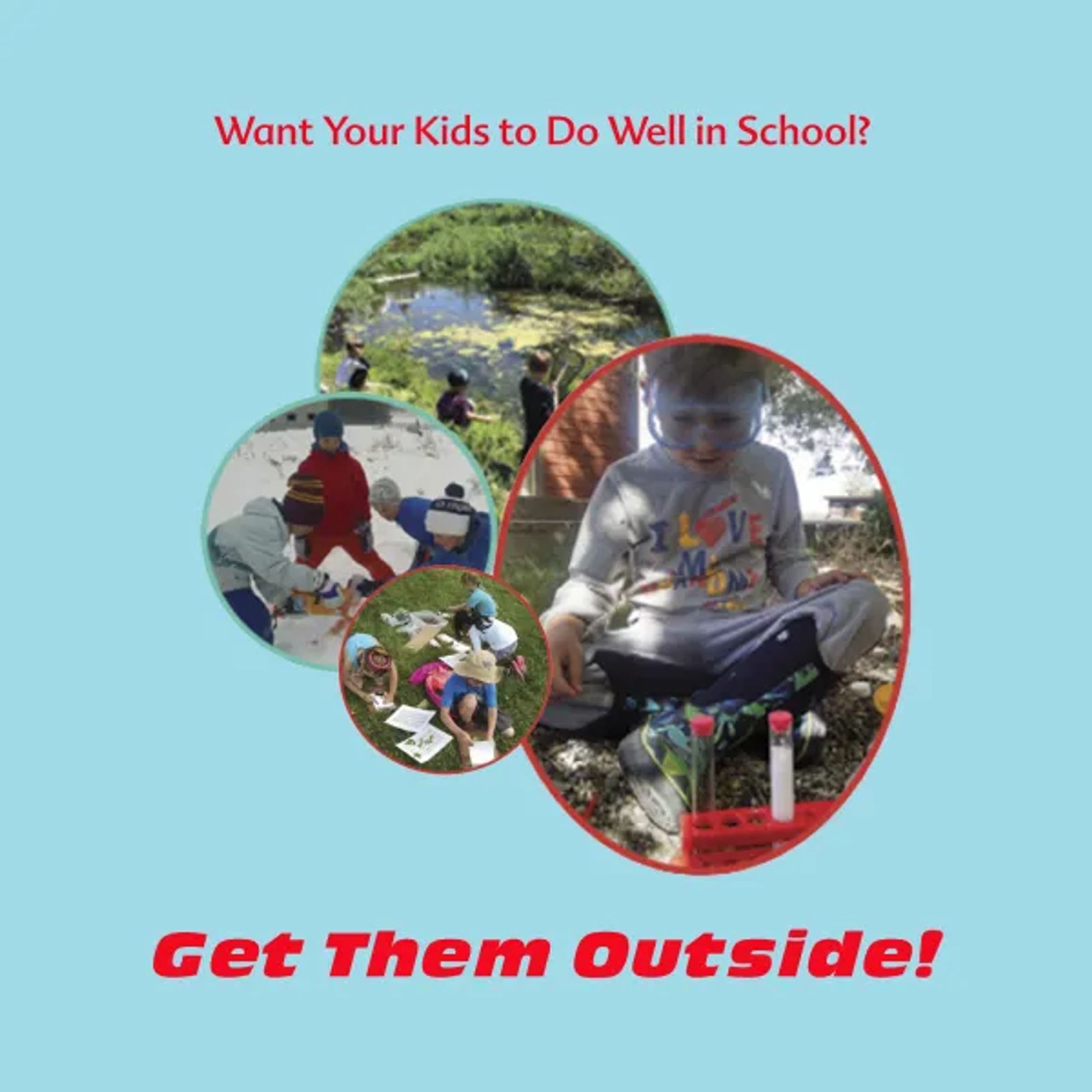Want Your Kids to Do Well in School? Get Them Outside!
August 08, 2017
Posted By: Shaunescy

Written by Elizabeth Green
Parents instinctively know that outdoor play is good for children, but could the simple act of being outside in nature actually be good for their brains as well? Science increasingly provides evidence of what parents and educators have suspected to be true all along: Nature is good for every aspect of health, including cognition.
Studies show that the average American child spends only 15-25 minutes a day involved in outdoor activities and more than 53 hours per week using various electronic media. The type of stimulation our children experience in our indoor, technological rich culture is mentally exhausting. This includes the extended focus and concentration required during the school day. At the end of the day, our kids’ brains are understandably drained!
Ever notice how good it feels to step outside and take a deep breath of fresh air in the middle of something that requires concentration? Scientists hypothesize that time spent in nature allows the prefrontal cortex (the part of the brain responsible for complex thinking and decision making) to power down and rest. The types of stimulus found in nature provide the exact opposite types of cognitive opportunities as those needed during the typical school day. Nature provides sensory input that is absorbing but not too demanding. Gentle stimulus, such as birds and bugs, keeps children fascinated and thinking creatively, while simultaneously allowing the pre-frontal cortex to rest. As John Muir famously said, “Come to the woods for here is rest.” Eventually, brain science would prove Muir right.
An exciting trend in education involves incorporating the outdoors into the school day and curriculum. Study after study has shown that more nature exposure directly correlates with academic gains. Students whose school day incorporated outdoor learning experiences had increased higher-order thinking skills, creativity and problem solving. Greater focus and improved memory, as well as decreased stress and blood pressure, were also measured. Additionally, standardized test scores in science, math, reading and social studies improved. The results are clear that outdoor education contributes to more motivated and effective learners.
So, what can parents do to encourage more nature time in their child’s school day?
- Encourage daily outdoor time at home: Take family walks, eat dinner outside, etc.
- Speak up for outdoor time at your child’s school: Talk to the PTO and principal about recess, school gardens, outdoor classrooms and field trips.
- Volunteer to create more green spaces on your child’s school grounds.
- Invite your child’s teacher to become a member of Montana Environmental Educators Association to learn more about incorporating nature into the school day.
- Advocate for school involvement with outdoor education programs such as: MT Audubon Center (Billings), MT Natural History Center (Missoula) and MT WILD Outdoor Education (Helena). In Bozeman: Raptor Conservation Center, Farm to School, Bohart Ranch and Montana Outdoor Science School.
Our children have much to gain by being outside as much as possible during the school day. Let’s add opportunities for outdoor education to our kids’ back-to-school list; their brains will thank us. See you outside!
Sources
*Atchley R, Atchley S, Strayer D. (2012) Creativity in the Wild: Improving Creative Reasoning through Immersion in Natural Settings. PLOS, National Institute of Health 7 (12).
*Bergman M, Jonides J, Kaplan, S. (2008) The Cognitive Benefits of Interacting with Nature. Psychological Science 19 (12).
*Coyle, K. (2010). Back to School: Back Outside! How Outdoor Education Creates High Performance Students, National Wildlife Federation.
*Louv, R. (2016). The School of Nature: Greening Our Schools May Be the Real Cutting Edge of Education. Children and Nature Network.
Elizabeth Green is the Education Director at Montana Outdoor Science School. MOSS’ mission is to promote an awareness, understanding and appreciation of the natural world through quality educational experiences. She lives in Bozeman with her amazing husband and super cool mini-scientist.














